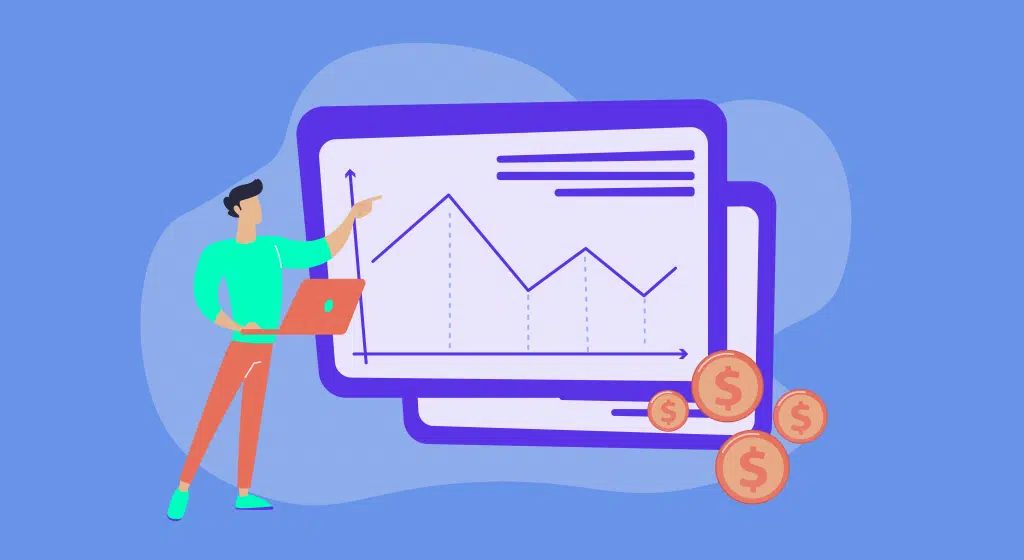
The Most Confusing Economics Concepts Explained: Purchasing Power
Have you wondered why your dollars don’t stretch quite as far as they did last year or the year before? How about 10 years ago? Many factors continue to drive inflation up which, in turn, lowers what a dollar can buy. This leads us to the confusing economic concept we’ll explain this month: purchasing power.
What is purchasing power?
Purchasing power refers to the number of goods and services that you can buy with an amount of currency. For example, if you can buy a month’s worth of food for a family of four with $500, your money has more purchasing power than when $500 can only buy three weeks’ worth of food. But why is purchasing power important?
Why is purchasing power important?
Purchasing power has far-reaching impacts from the individual level to the global economy.
People need items like food, clothing, and shelter, and manage their budgets to meet those needs. When the cost of necessities becomes too high for the wages earned in an area, economic problems result. Excessive inflation and reduced purchasing power are hard on communities, and statistics have found correlations between crime and poverty.
Purchasing power, inflation, and investments
There’s another aspect to purchasing power that’s important, however, and that is in relation to investing and the markets. When purchasing power goes down, it’s almost always due to inflation. For investors, this drop in inflation matters. Inflation can help them make more money on loans they issue to borrowers but it can also make some investments too expensive to participate in, such as real estate or bullion.
Hyperinflation, or the rapid inflation of currency (usually a rate of more than 50% per month), can be a sign of an unhealthy economy and can spook investors. It also may be very hard for small businesses to access the loans and lines of credit they need to expand product offerings or provide services to new areas. This can reduce activity in the market.
The global impact
The global impact of a lower purchasing power in many countries at once is real, as well. Significantly weakened economies have resulted from prolonged periods of hyperinflation and decreased purchasing power, which can lead to the destabilization of more than currency. An entire country’s credit rating may decrease, leading to opportunity losses for the country’s citizens, ruined trade agreements, and difficulty in achieving global expansion. In countries where hyperinflation is the norm, political unrest has often resulted. Lebanon saw a 50 percent increase in the cost of basic consumer goods, one of the factors leading to mass protests.
A steady decline in purchasing power
It’s not surprising that a dollar doesn’t buy near what it did 100 years ago ($1 in 1913 equals $26 in 2020). The history of purchasing power in the U.S. is a predicted one of decline. The dollar has consistently bought less decade after decade, with few exceptions. Significant historical moments, such as the oil crises in the 1970s and 1980s or the dotcom bubble of the 1990s have pushed purchasing power down more rapidly. Even with the dollar bouncing back here and there over the years, 1913 marked the high point of purchasing power for the U.S., and we have never returned to that level.
Solutions for diminished purchasing power
An out-of-control decrease in purchasing power can be catastrophic for an economy. When people can’t make their money stretch to buy the food or housing they need, the government may step in and try to quell the negative consequences. One way they may do this is by monitoring the consumer price index; then, the Federal Reserve may choose to drop interest rates to encourage borrowing, lending, and purchasing. Other mechanisms, like increasing minimum wage or offering tax incentives, are other methods to help bring purchasing power back up, at least temporarily.
While decreasing purchasing power can start small, usually at the household level, it has vast effects that can reach the global economy at large. What we see in a family’s budget, for example, may be a sign of larger economic forces and shouldn’t be ignored.